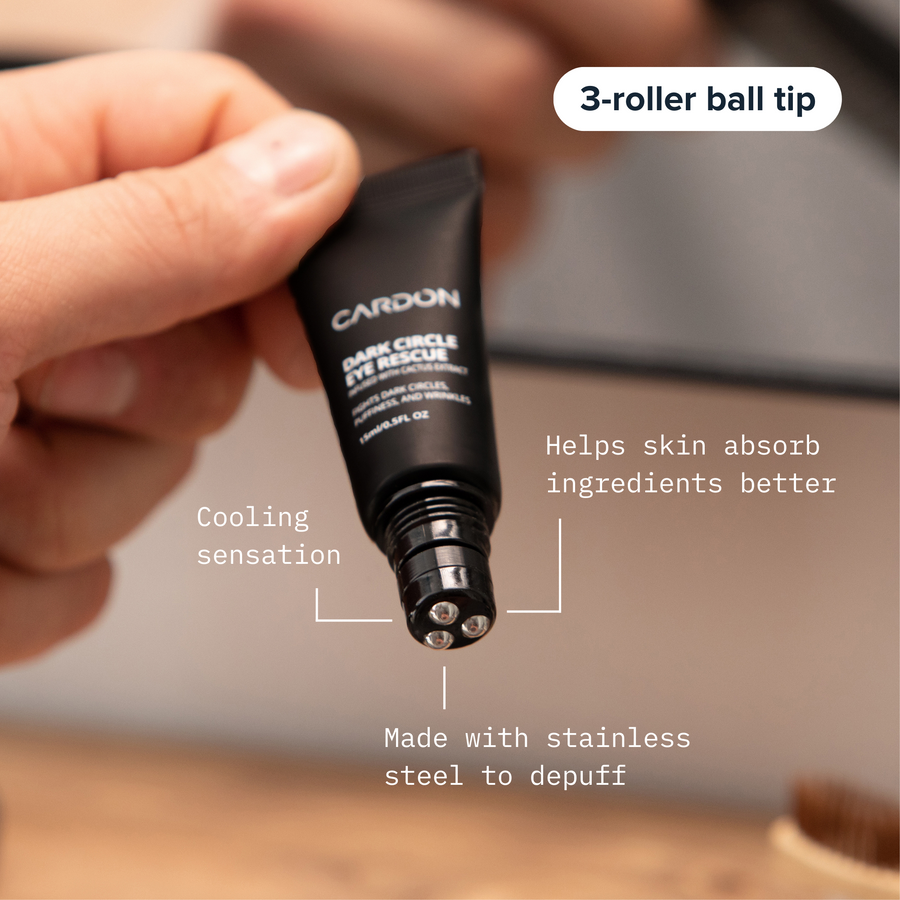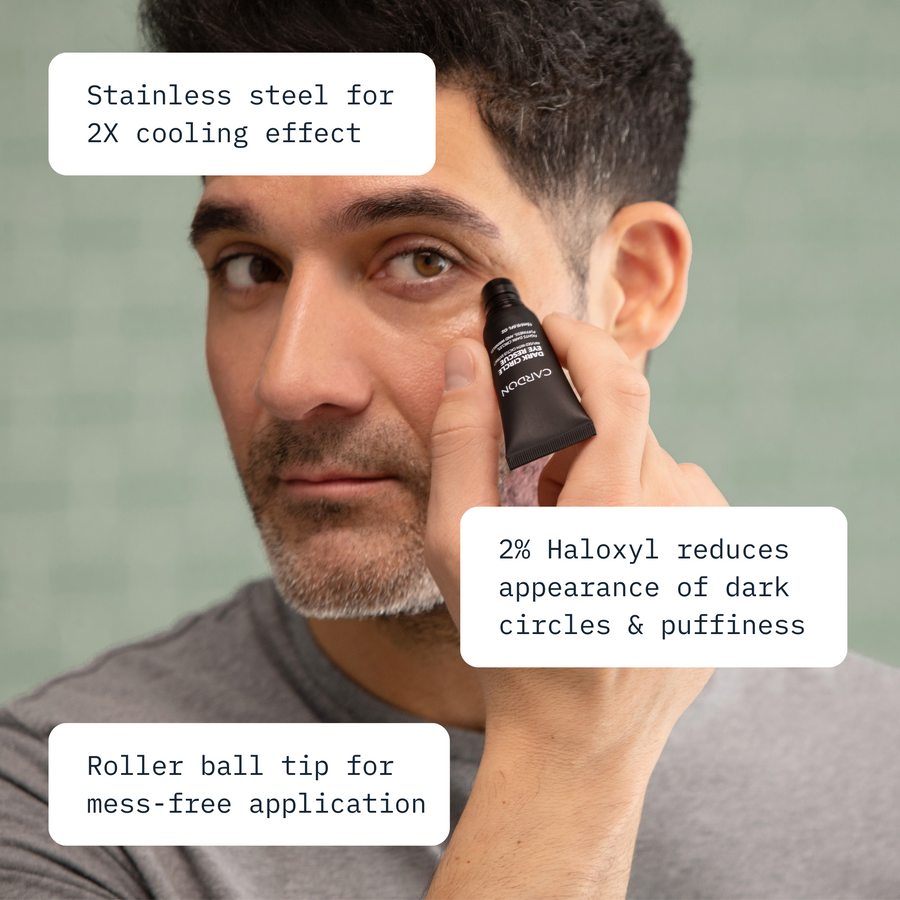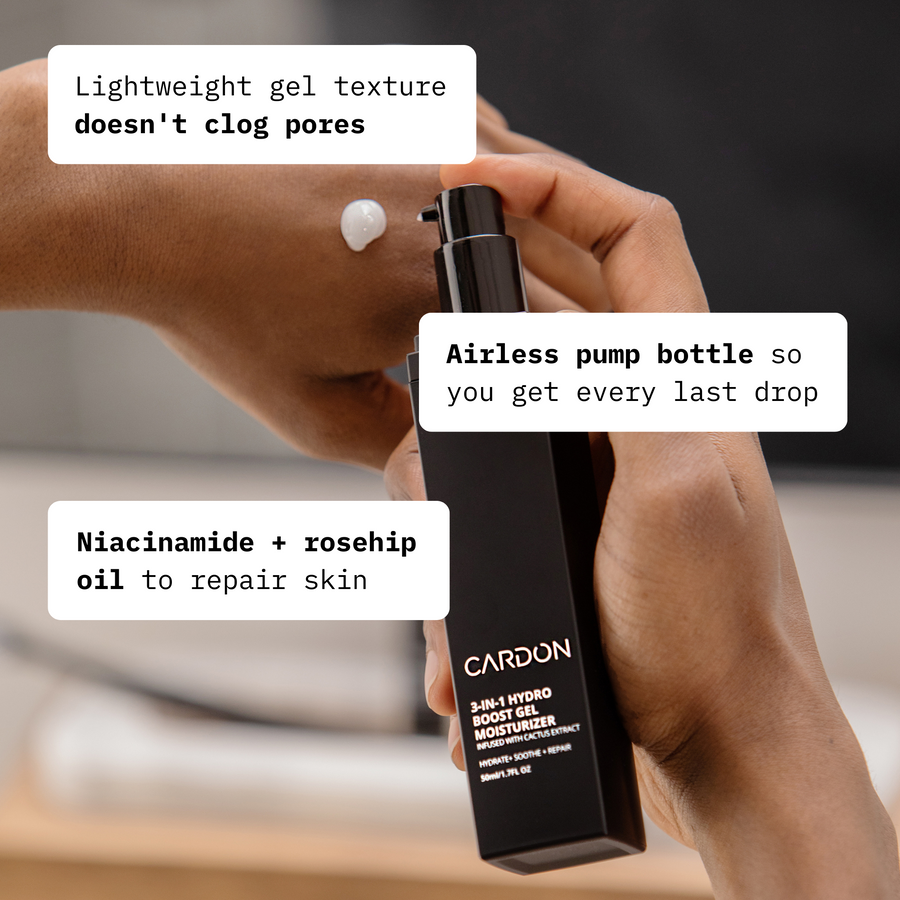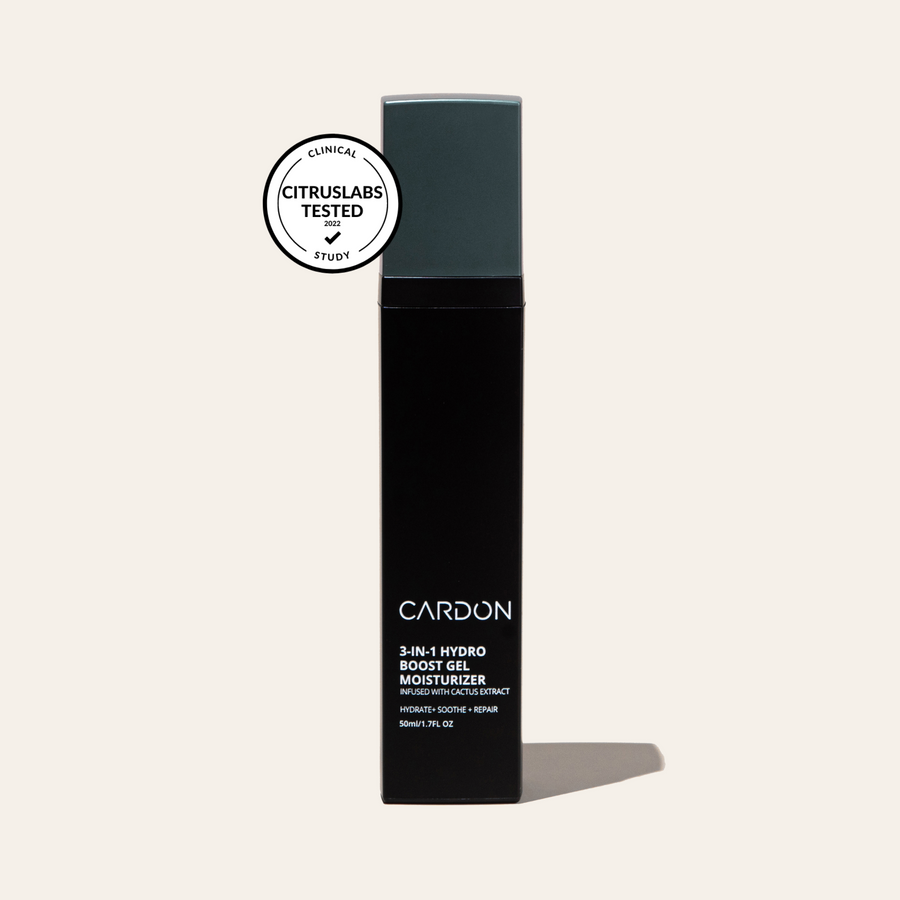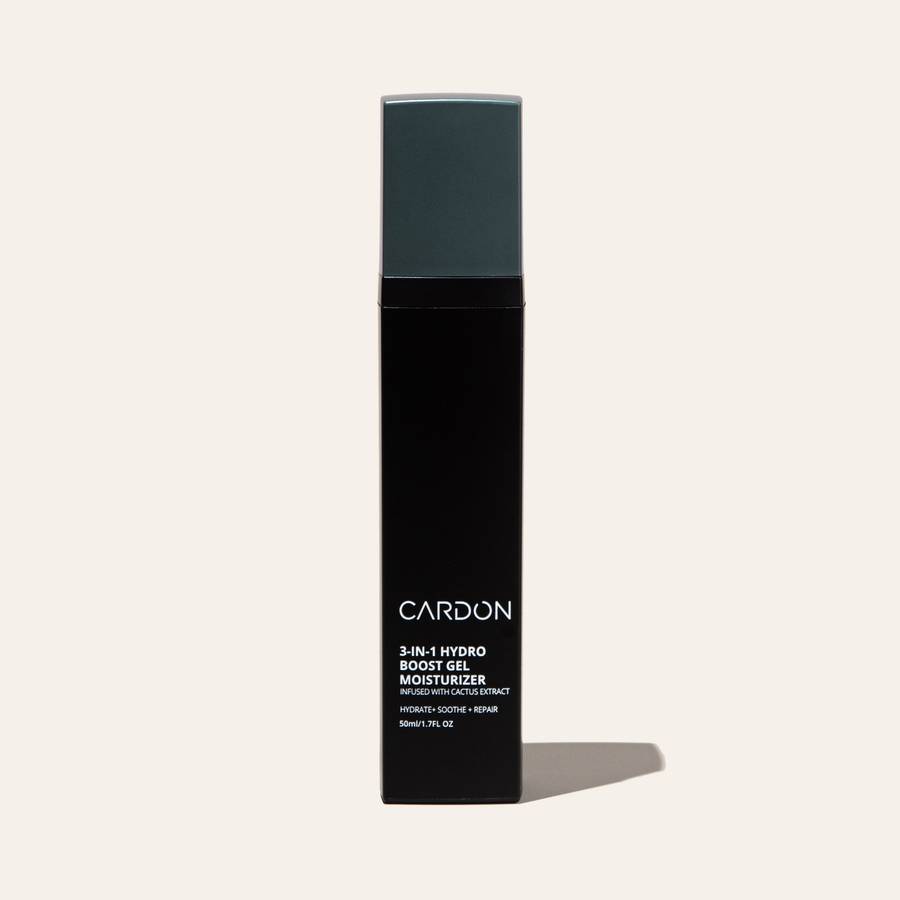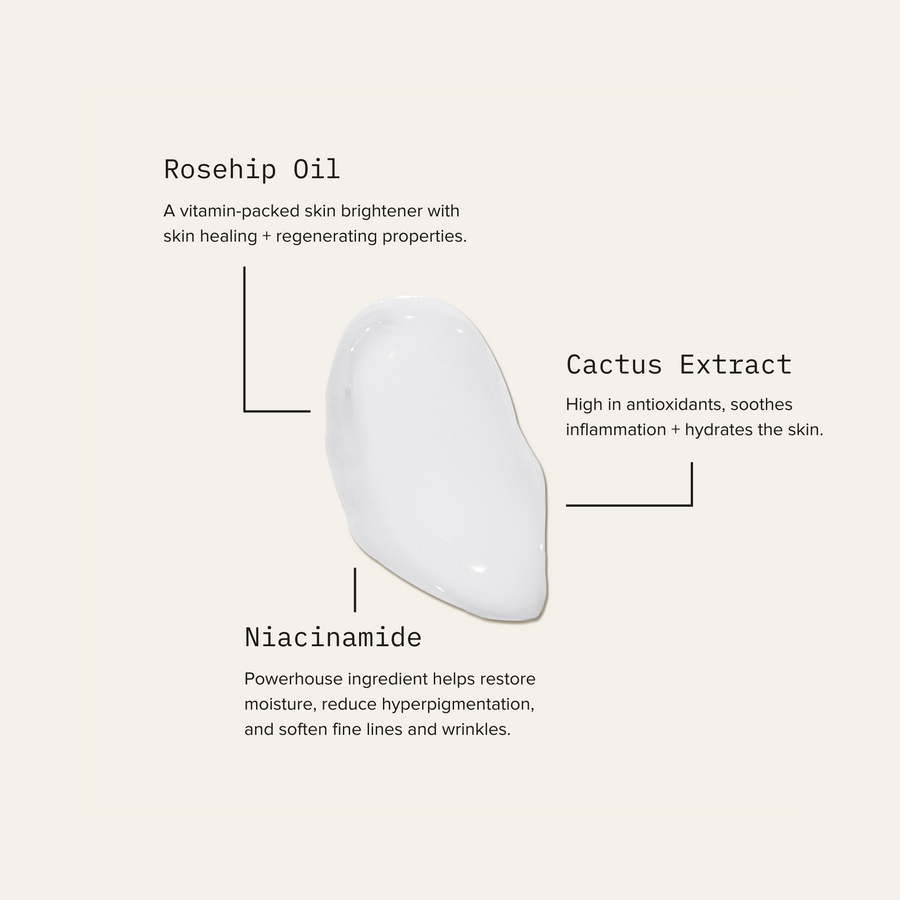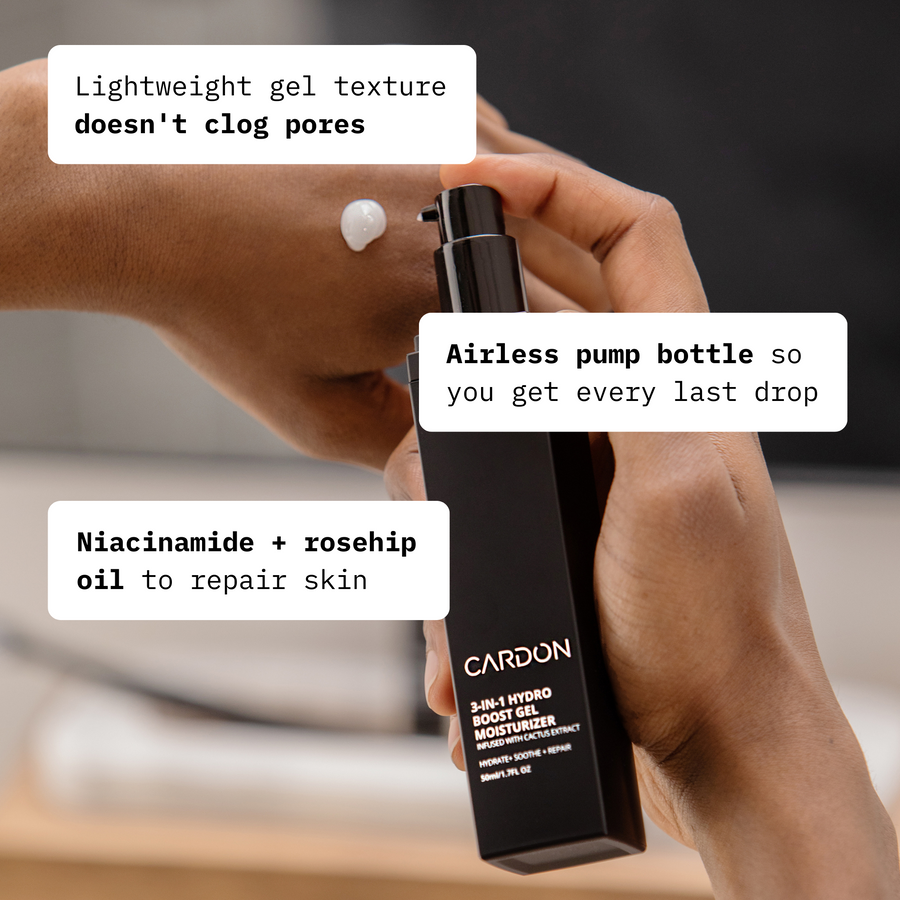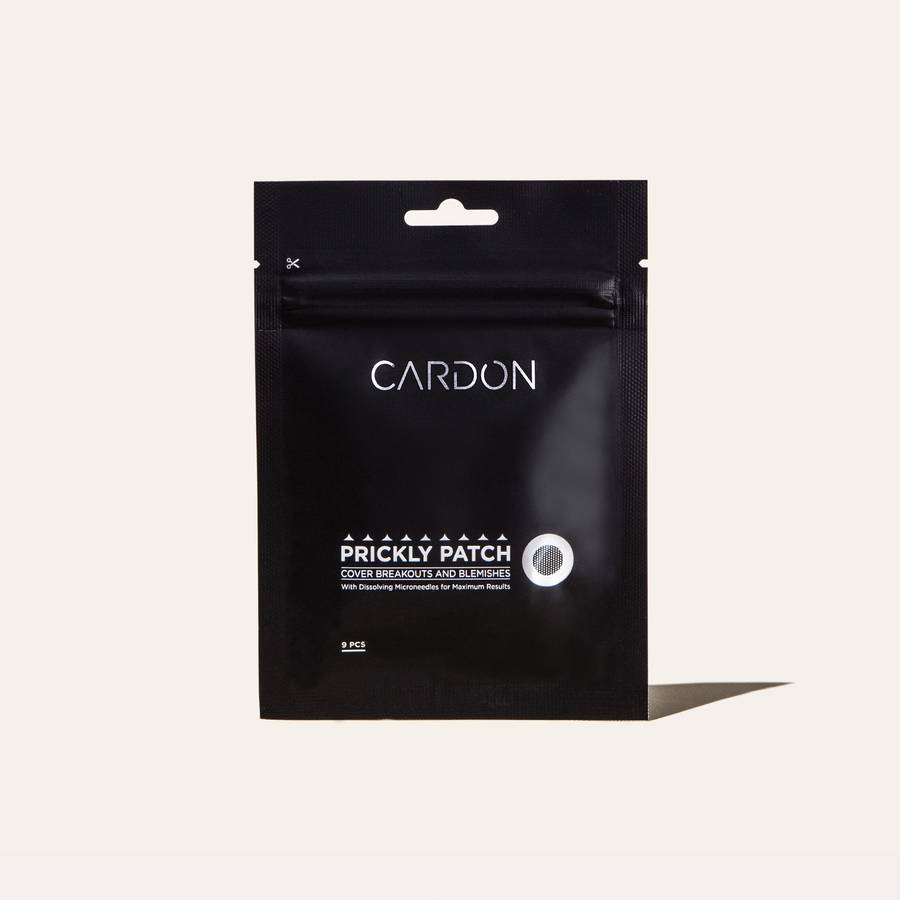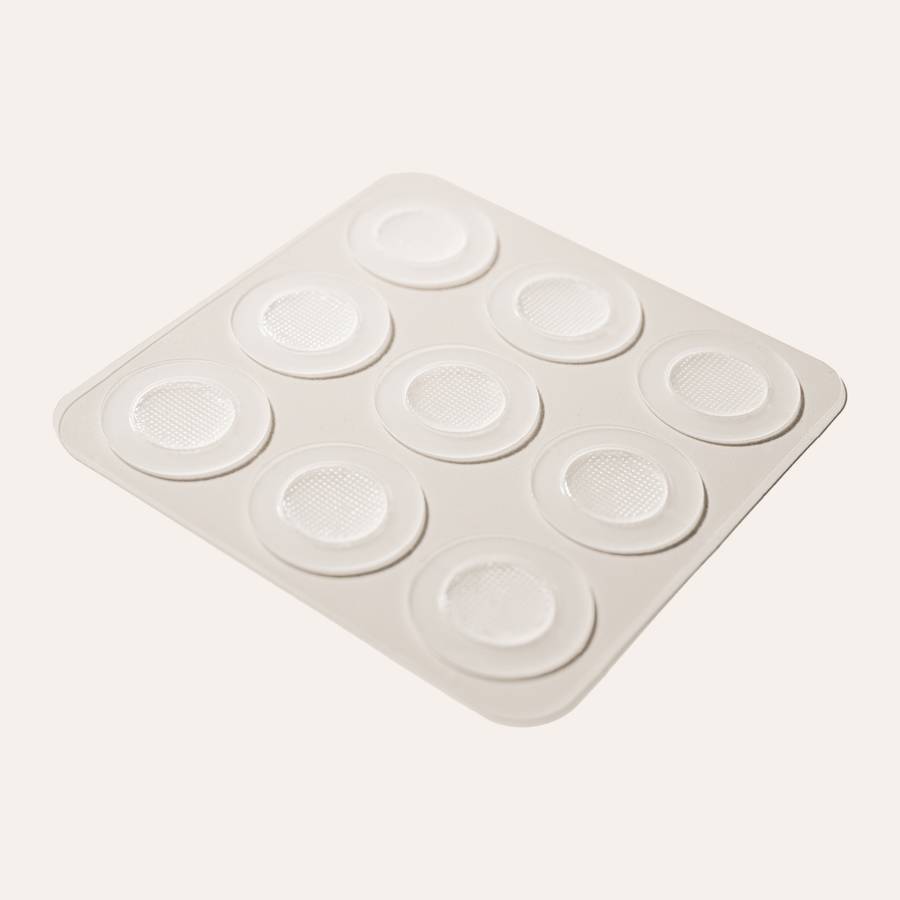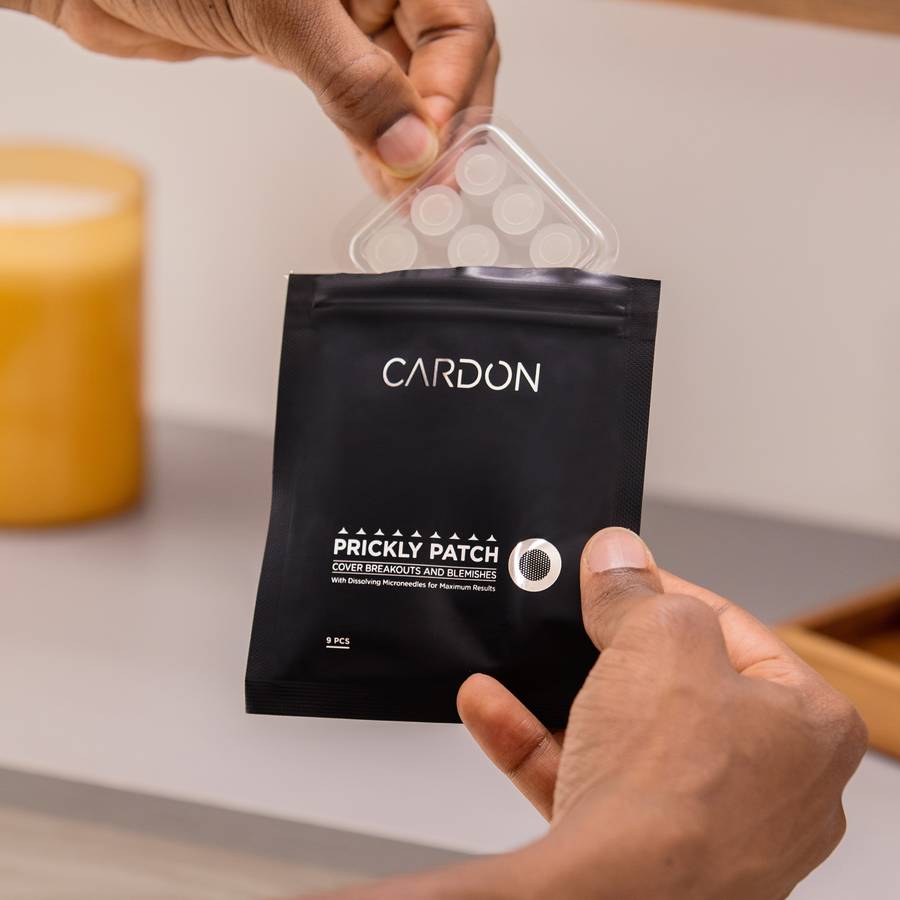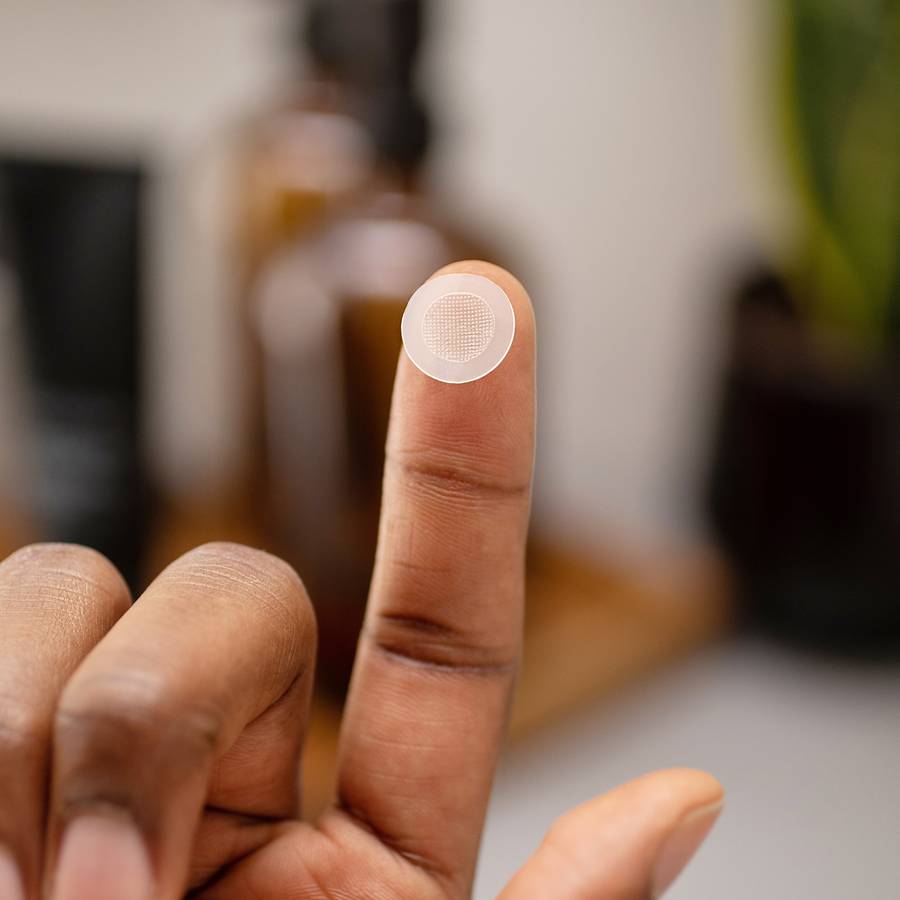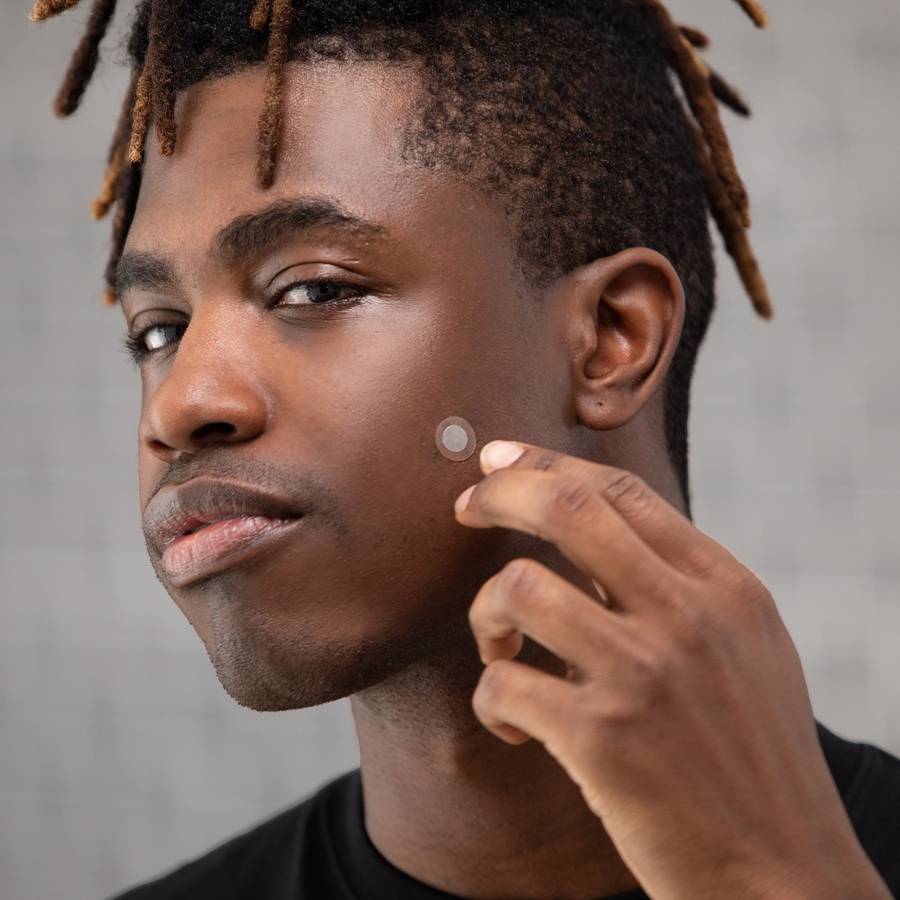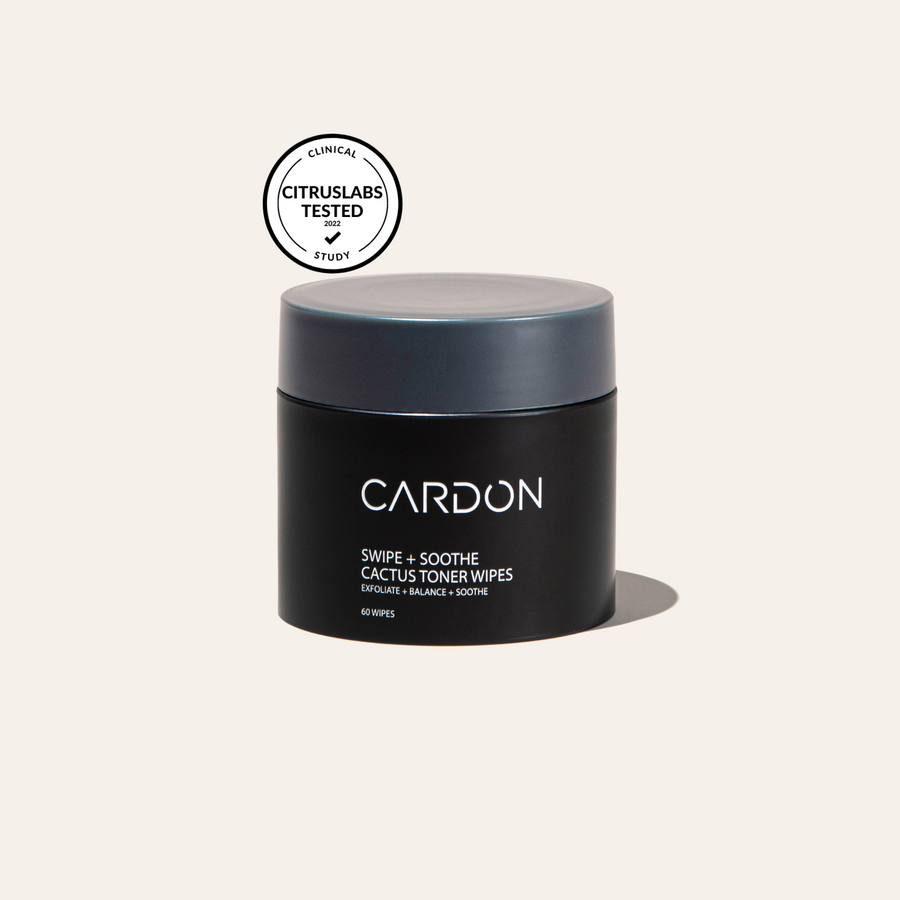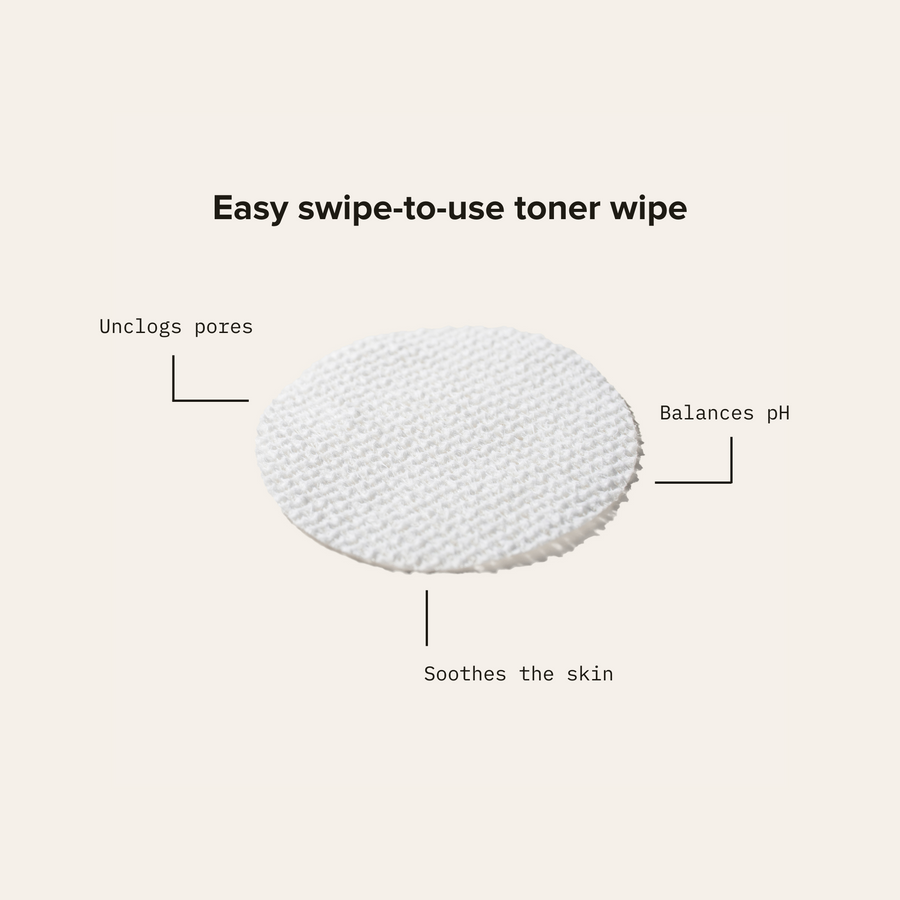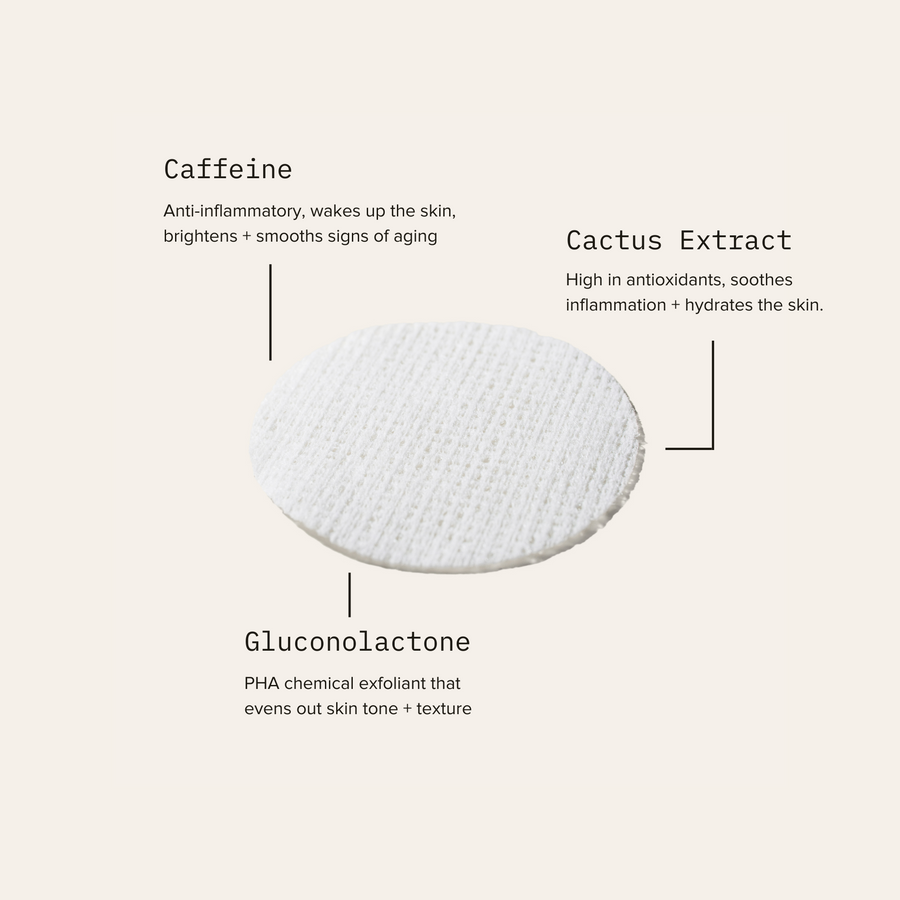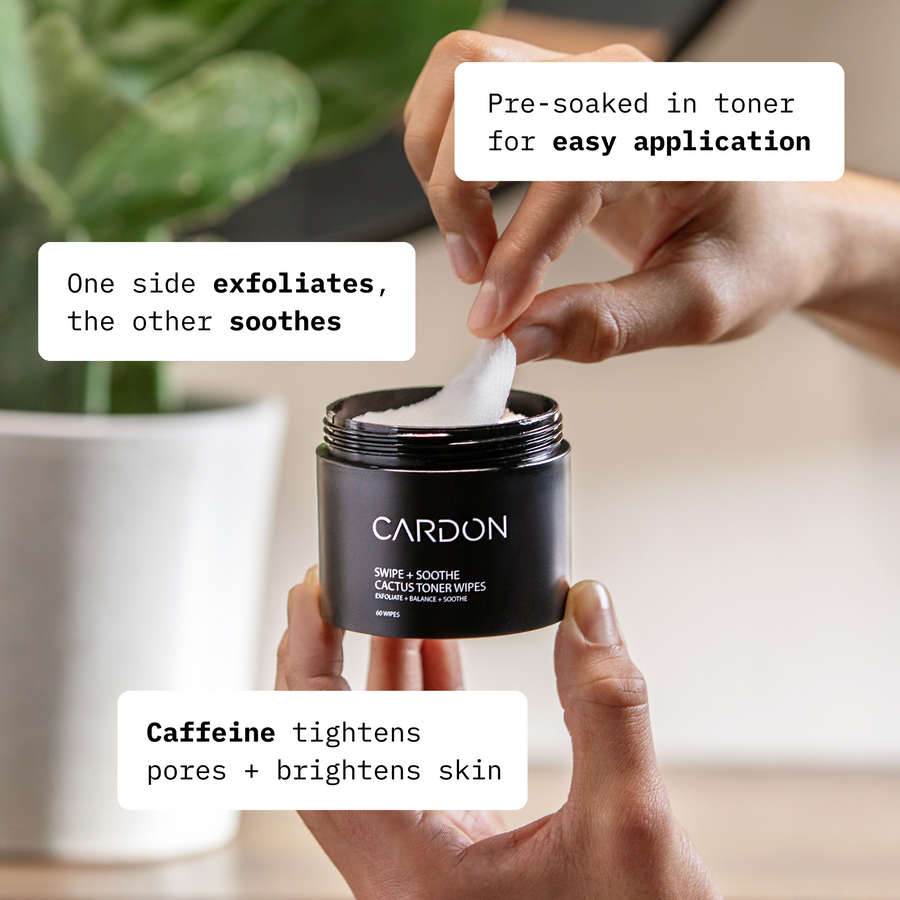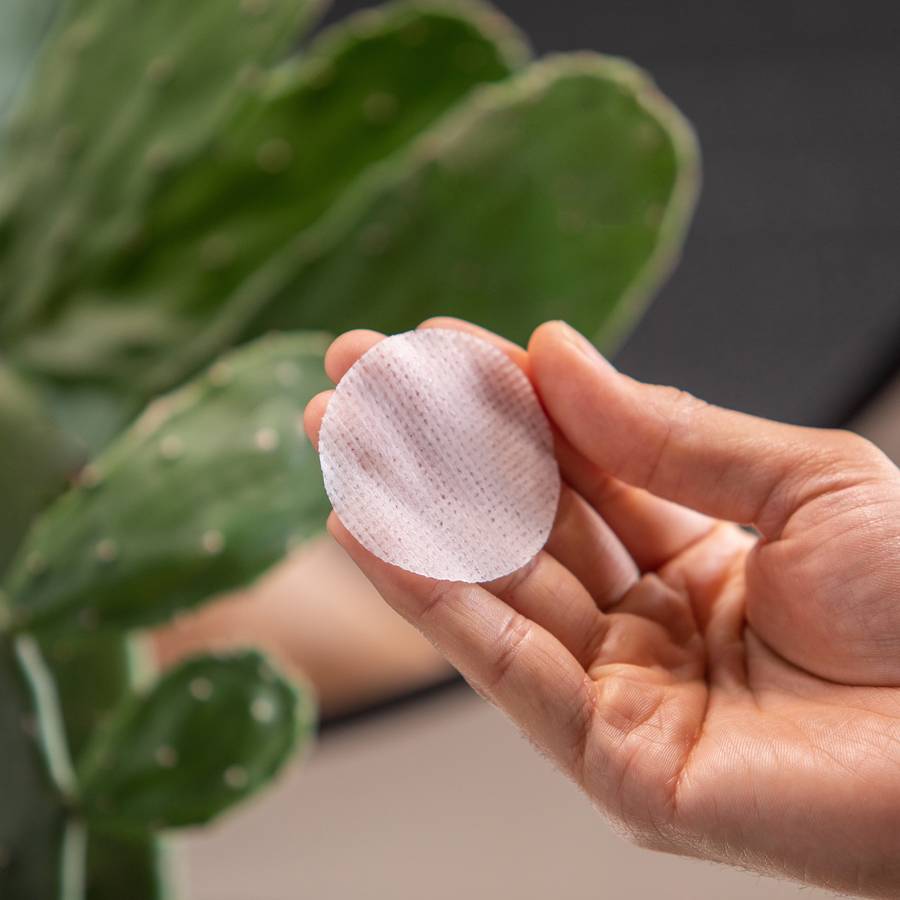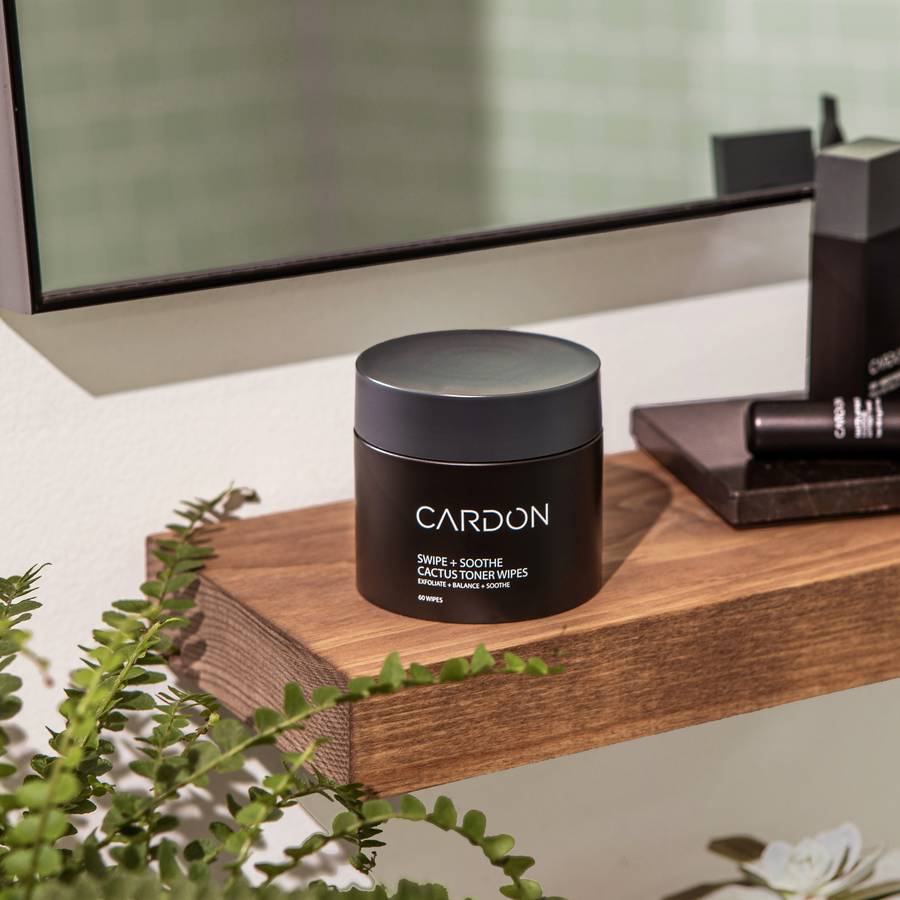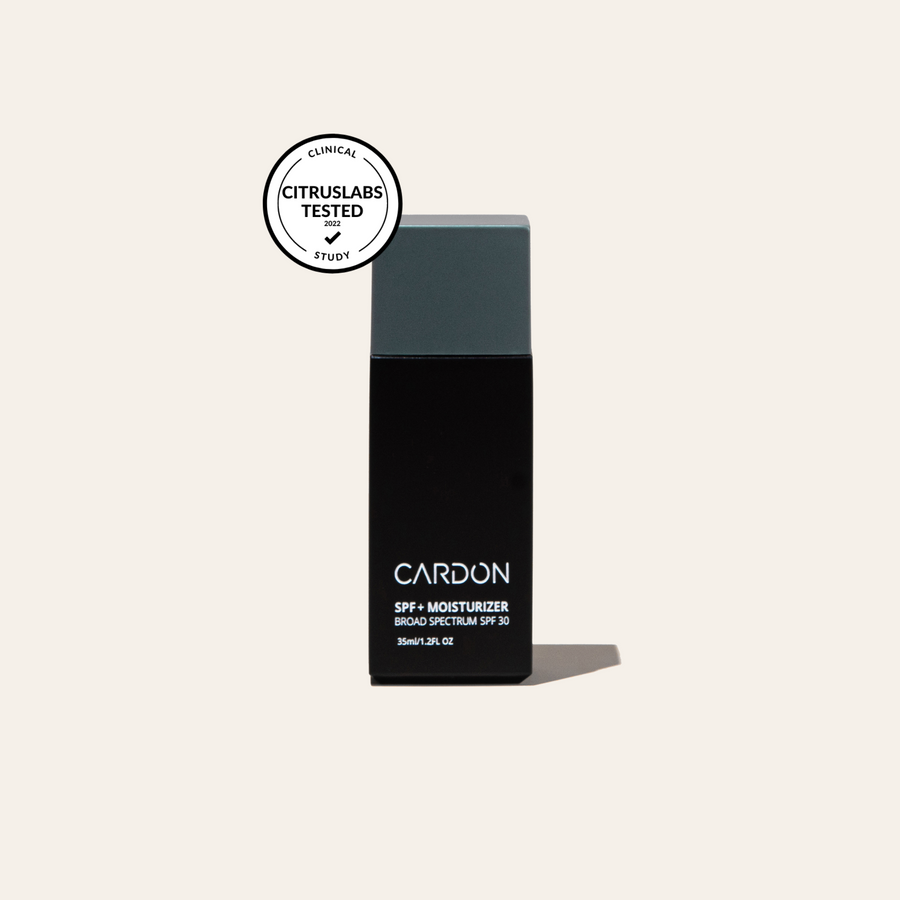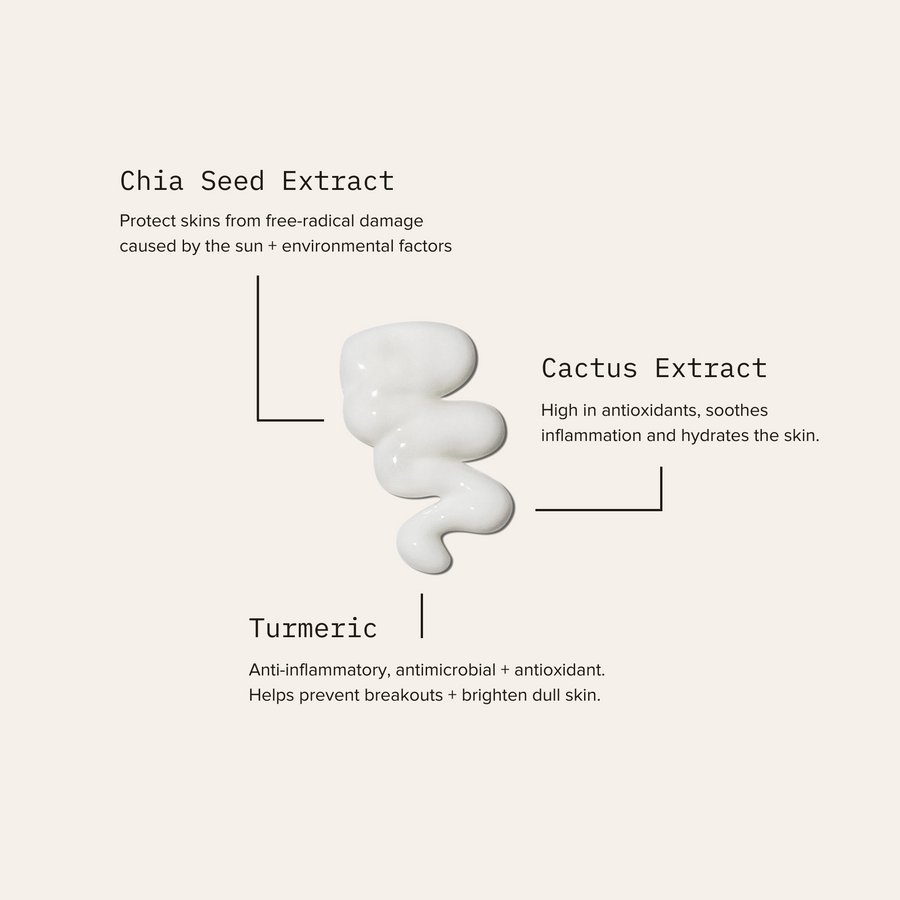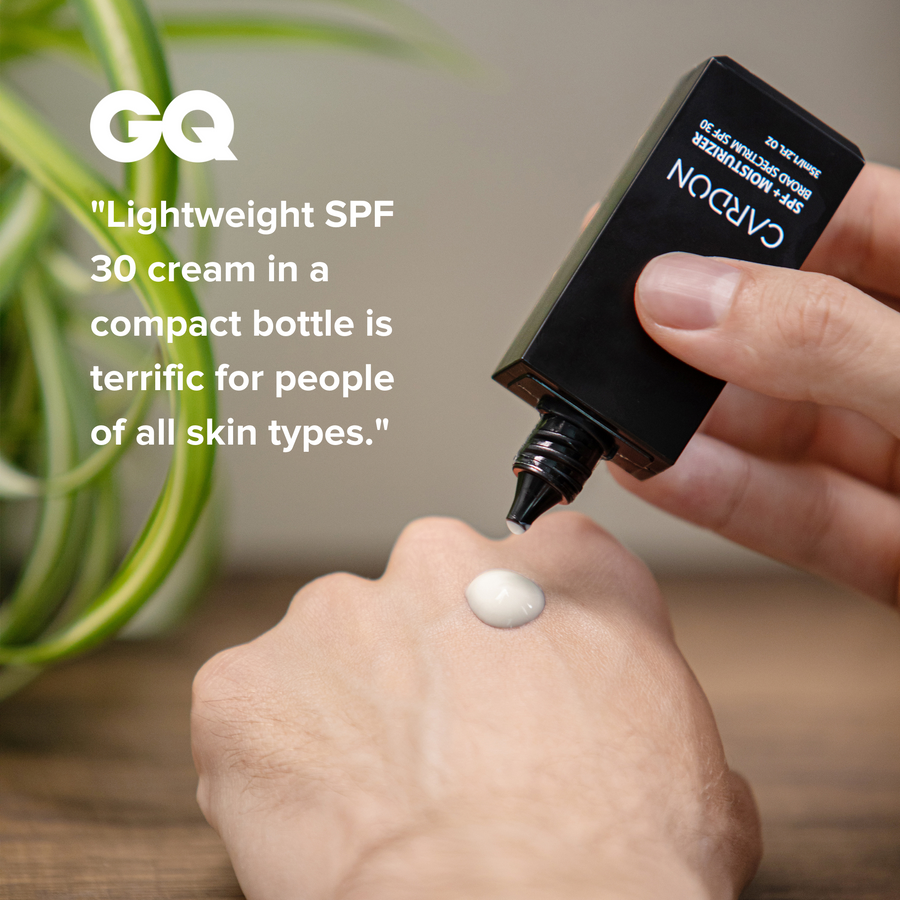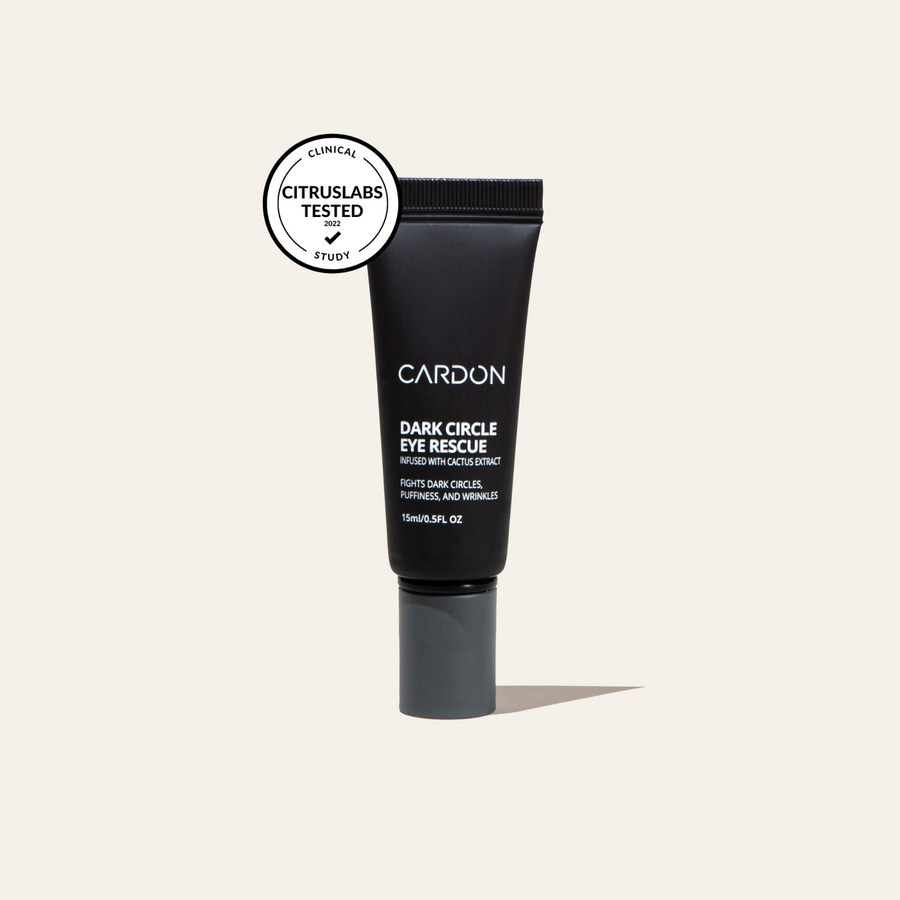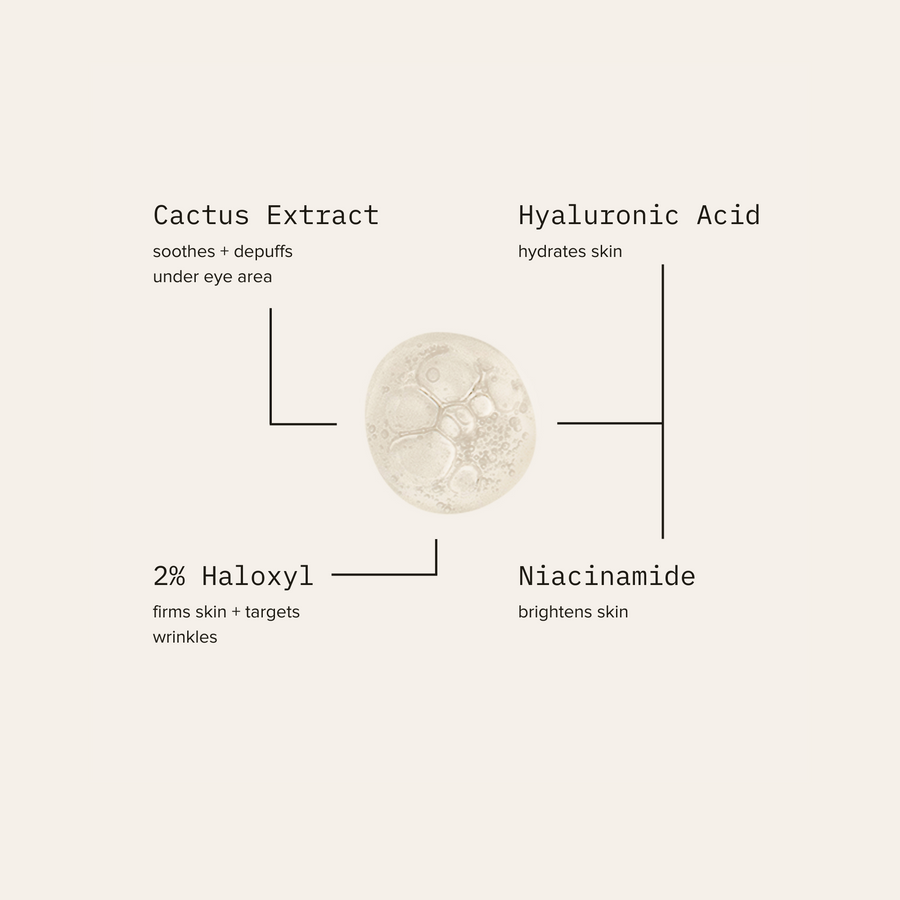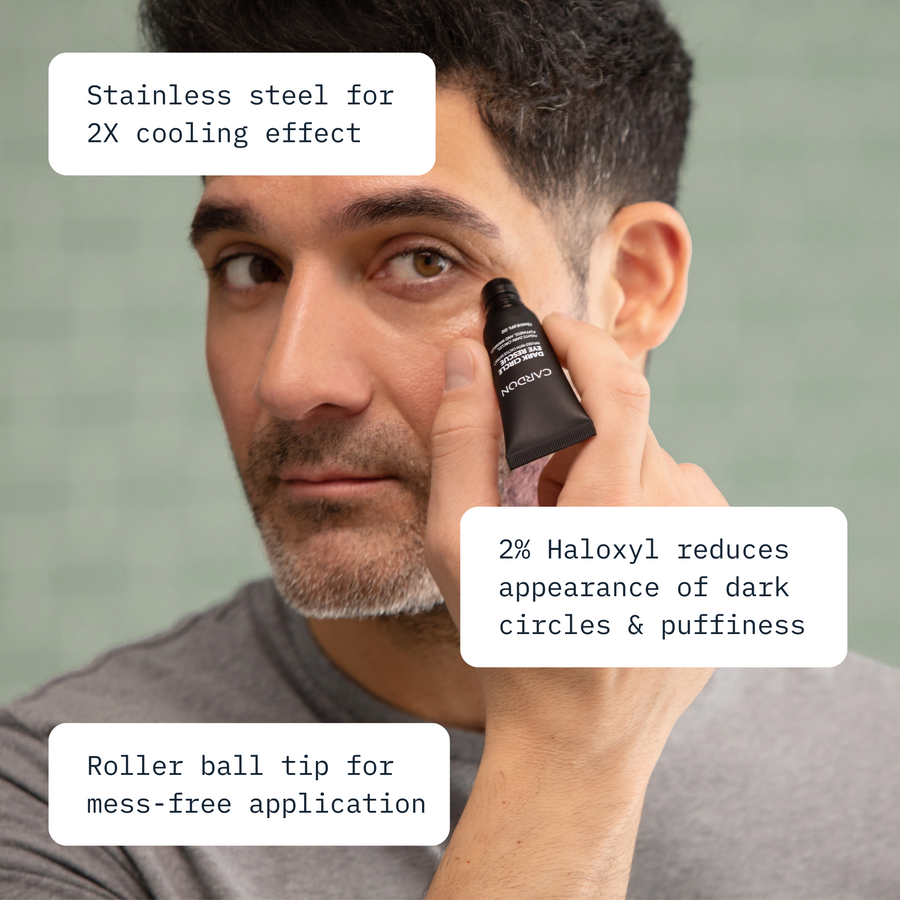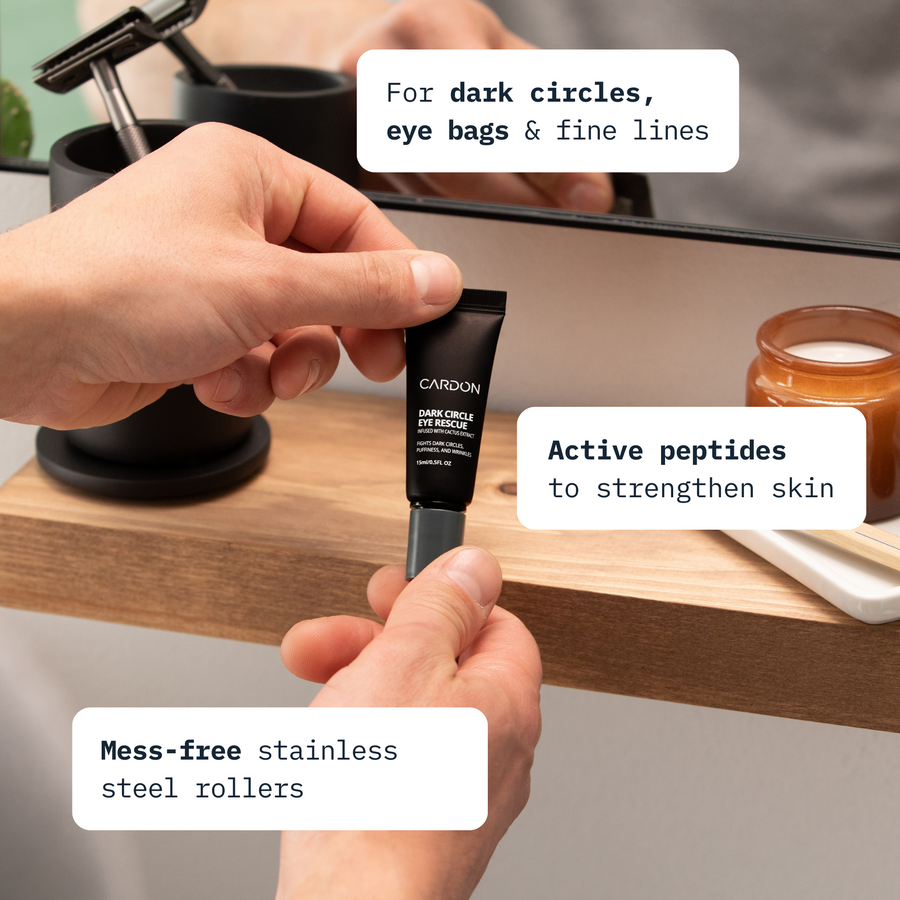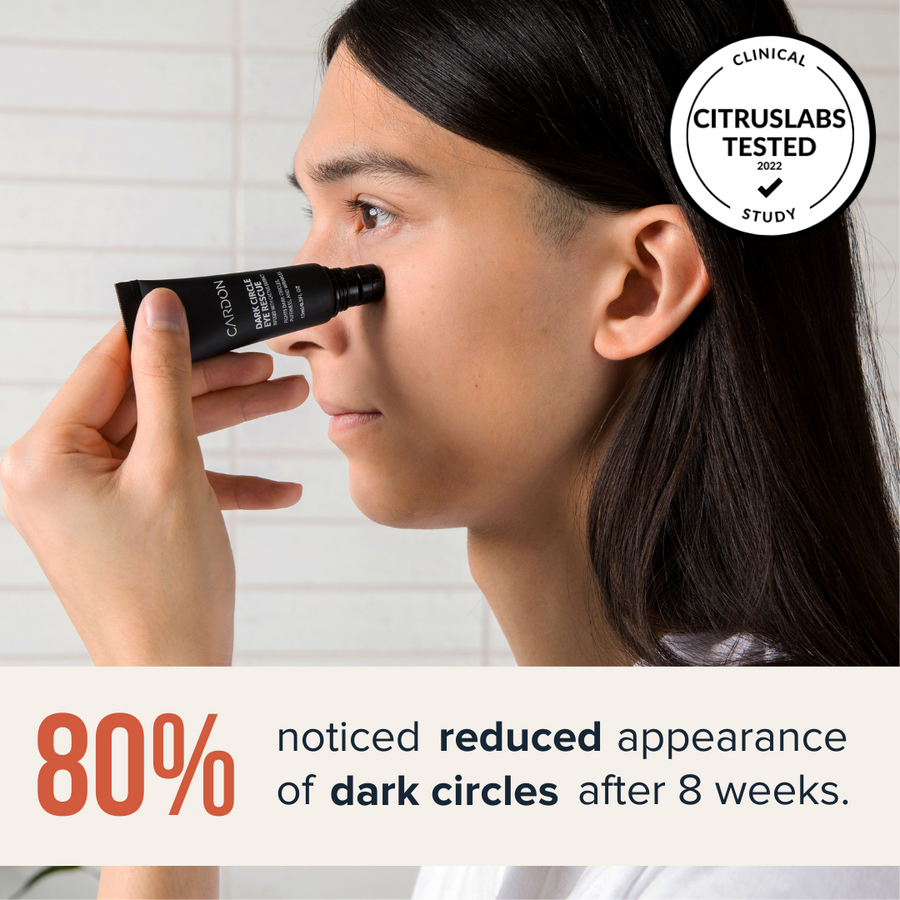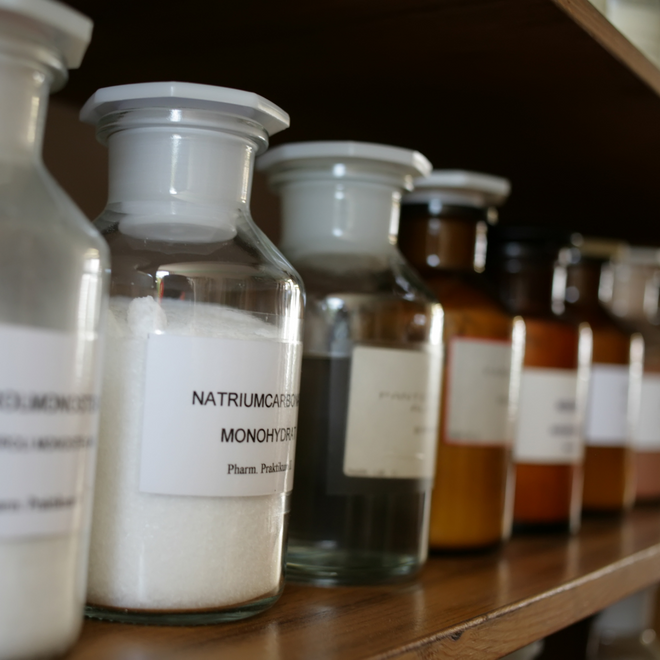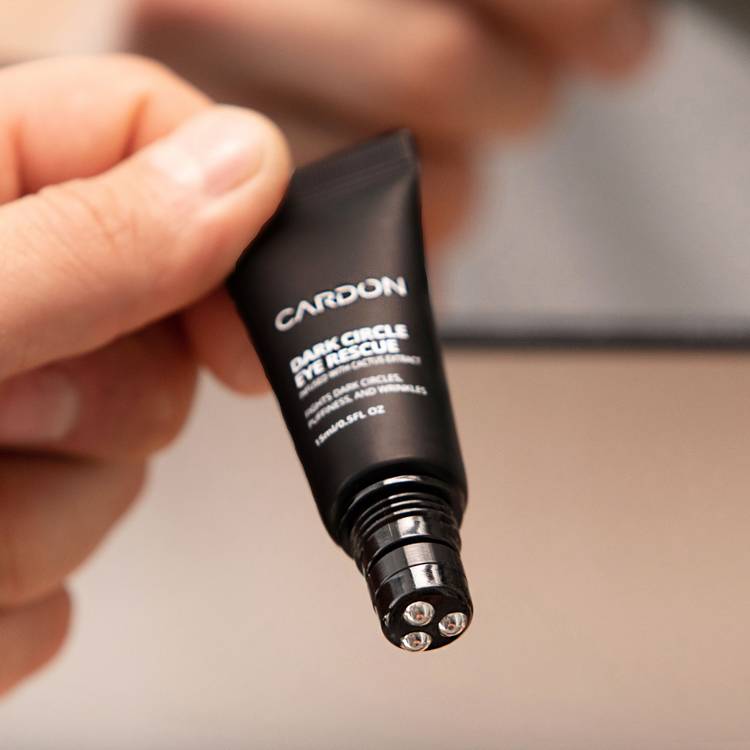Hyperpigmentation Explained
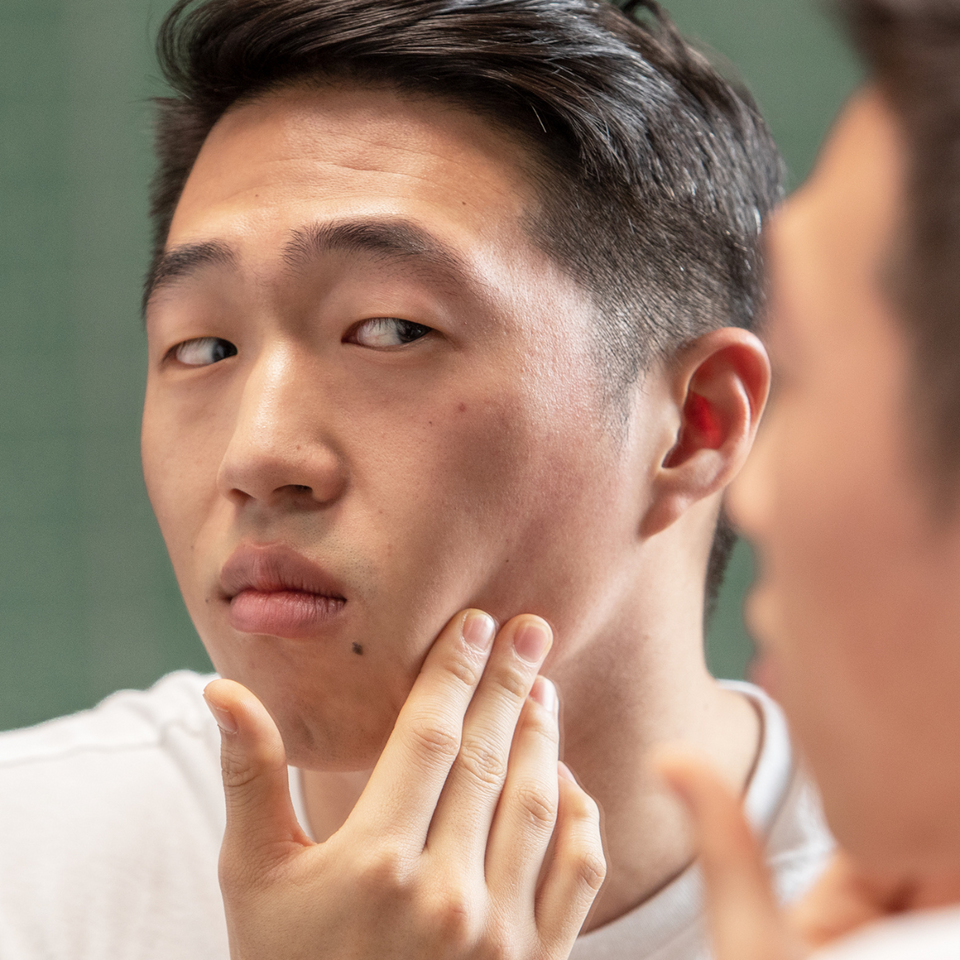
Perhaps you haven’t dealt with hyperpigmentation yet, but most people experience some form of it in their lifetimes. And for all of those people, hyperpigmentation is a superficial headache.
Hyperpigmentation is when your skin creates too much melanin in specific spots on the skin, often at the site of a healing wound, or caused by hormonal changes as well as recent sun exposure. Typically, melanin is produced by the skin to defend the epidermis from UV damage. Numerous factors contribute to this increase in melanin production over time, namely the cells known as melanocytes that produce melanin being compromised by hormones, sun exposure, and toxins in the air around you.
There are three primary types of hyperpigmentation:
- Post-inflammatory hyperpigmentation: This is when you experience a melanin buildup at the site of a wound, like after acne heals. The melanin helps heal the wound, but its excess lingers on the skin after the fact, sometimes for months on end.
- Age spots: These are isolated discolorations that are common in individuals above 30, and are typically brought about by excessive UV/sun exposure. They are characteristically flat and can be slightly darker or much darker than the surrounding skin.
- Melasma: Melasma is characterized by dark patches of skin, and is especially common for people who experience excessive sun exposure. It can cast itself across the forehead, cheeks, nose, or elsewhere. Usually it appears as a brown past of skin, darker than the surrounding areas. Women are more likely to experience it than men.
Hyperpigmentation Prevention
1. SPF: We’ll get right out front and say it: The best way to prevent hyperpigmentation is to wear SPF30+ every single day, even in winter or cloudy weather. After all, exposure to UV rays is what causes your melanocytes to fortify the epidermis with melanin in the first place… so by having a daily defense against UV damage goes a long way in terms of slowing and preventing hyperpigmentation. Seriously, UV rays can penetrate clouds and glass, so imagine what that daily usage—multiplied over the course of a lifetime—does in terms of mitigating damage.


Shop the product
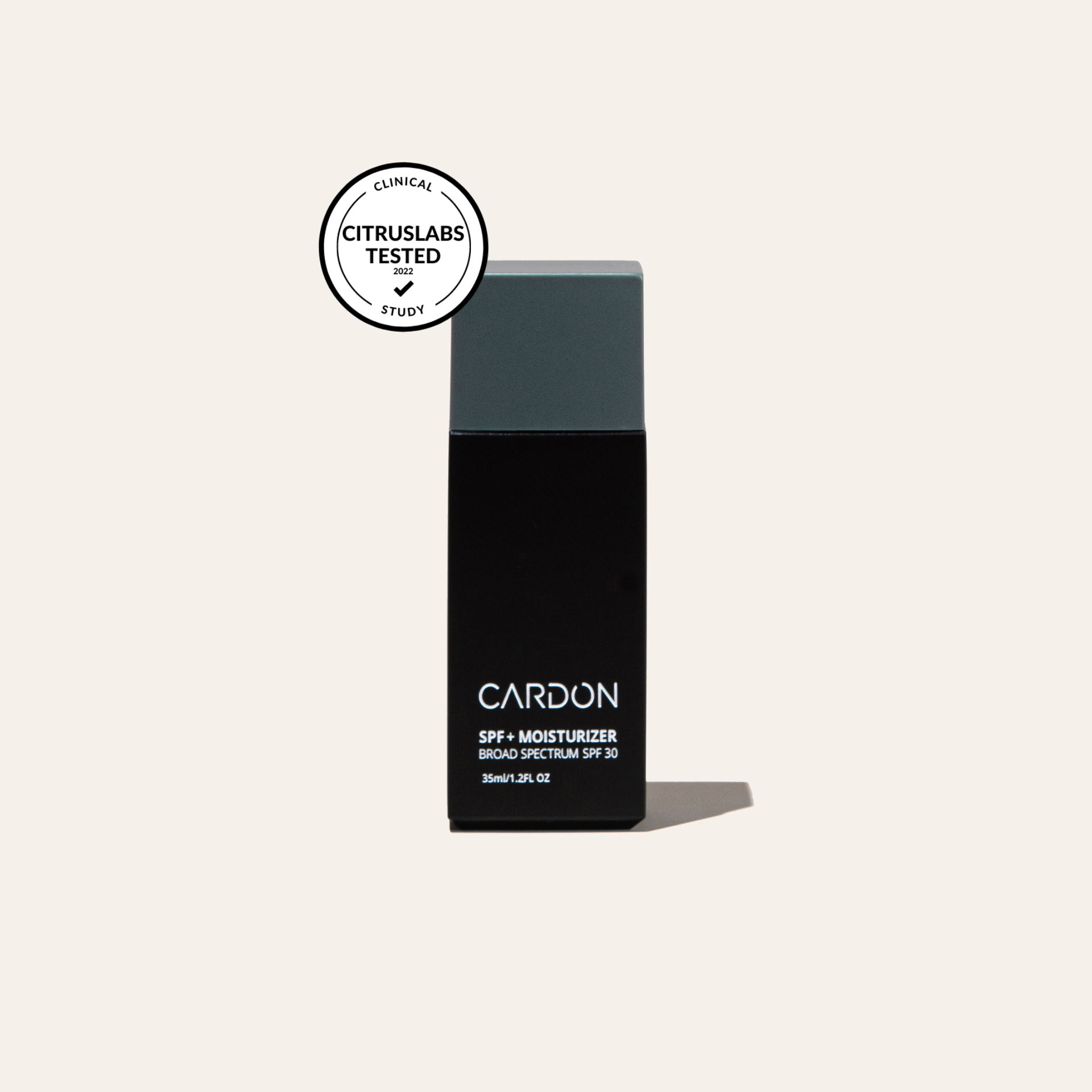
Daily SPF + Moisturizer
$24.00
We recommend incorporating an SPF 30 moisturizer into your routine, since you are (ideally) already applying moisturizer each morning. By getting one with SPF, you save yourself the extra step and are ensuring UV coverage without any added hassle. And in general, when you are out in the sun, it’s wise to avoid direct exposure as much as possible; so wear a hat, lay under a beach umbrella or in the shade, and try to avoid the most intense part of the day (11am-2pm).
2. Vitamin C: Vitamin C is the other key anti-hyperpigmentation ingredient that people incorporate into their skincare regimen. When used daily and indefinitely, topical Vitamin C can inhibit melanin production. Because the ingredient tends to be volatile, it’s important to find a Vitamin C product that is fresh (and hasn’t been sitting on the shelves for months on end) as well as one that doesn’t experience much exposure to oxygen and light. If you are prone to hyperpigmentation, then Vitamin C is a good ingredient to invest in—and thus, one to consider spending extra money on in terms of ensuring the product is high quality and carefully shielded from the elements, as opposed to a vessel that compromises its potency.


3. Antioxidants: One of the other best ways to prevent hyperpigmentation is by fortifying skin with antioxidants (Vitamin C included). Any ingredient with antioxidant properties will help your skin fend off the damage caused by pollutants and toxins in the air (any big city dwellers should take note, especially, since their air tends to be much more polluted). Look for ingredients like Vitamin A, C, E in your regimen. Brands might also list extracts or oils that themselves have antioxidant properties. Another popular ingredient that exhibits some antioxidant properties is niacinamide.
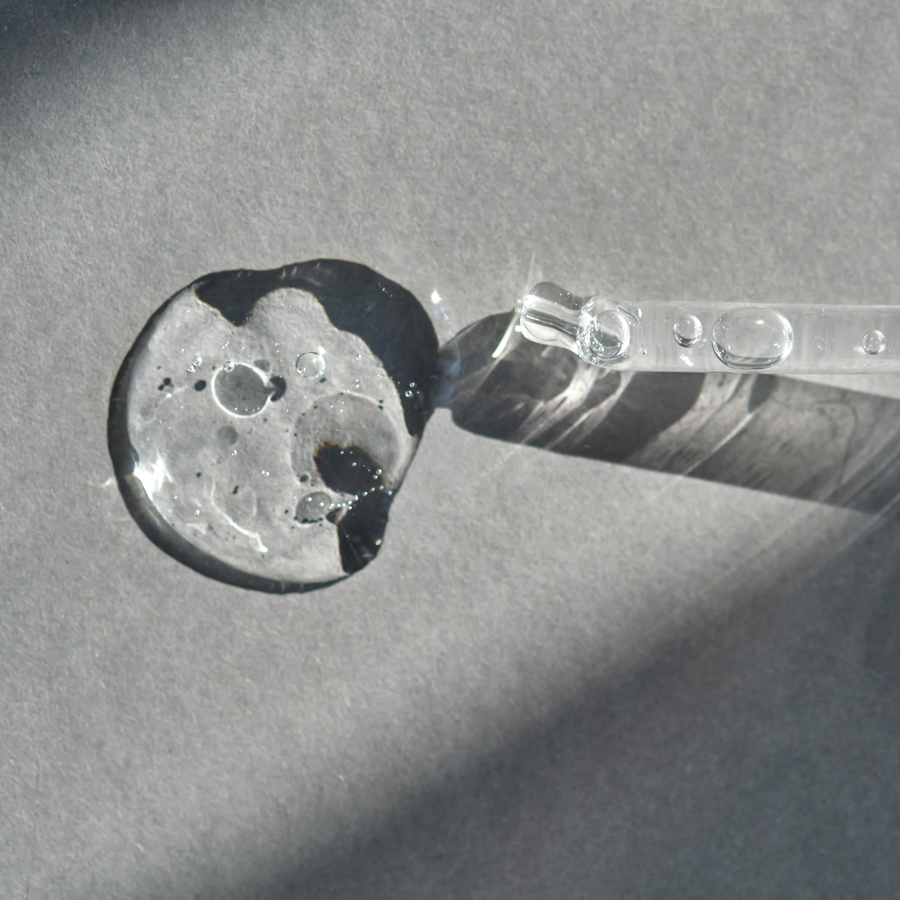

Hyperpigmentation Treatments
If you are experiencing hyperpigmentation, then the treatment typically depends on the severity of the case, and the type of hyperpigmentation it is. Extreme cases and large patches of hyperpigmentation (namely melasma and age spots) are often best treated by dermatologists and estheticians, who deploy laser peel treatments to lift away the outermost layers of cells and promote rapid turnover of newer cells. Overall, the effect “brightens” and clears complexion, which is why you will often see hyperpigmentation treatments advertising brightness and clarity.

Dermatologists are also likely to prescribe high-grade concentrations of retinol or hydroquinone, too. The former is a Vitamin A derivative that also promotes rapid cellular turnover and can further prevent things like acne and excess oil production. It’s a terrific anti-aging product, too, that you should inquire about even if you aren’t experiencing hyperpigmentation. Hydroquinone is a skin-bleaching agent that is commonly prescribed for melasma and age spots; it needs to be closely monitored by a board-certified dermatologist to ensure that its benefits don’t overcorrect and cause too much lightening.
Shop the product

Hydro Boost Gel Moisturizer
$35.00
A common at-home effort you can take to treat hyperpigmentation is to deploy light-peeling chemical exfoliants, like glycolic acid, lactic acid, and even the more deeply penetrating salicylic acid. These ingredients expedite the shedding of dead cells in order to showcase a brighter, clearer complexion overall. You can target problem areas or use them uniformly across the face. Some brands even offer high-grade at-home peels, for uniform brightness or dark spot correction, but the application instructions of these products must be carefully followed, especially if they are marketed as “peels” (as opposed to simple exfoliating serums, splashes, or creams). If you are considering a peel, then we recommend visiting a professional esthetician or board-certified dermatologist for a clinical peel that will be more carefully monitored (and likely more effective, too).
Shop the collection
.png?v=1701688836389&options=w_600)

Dark Circles Skincare Set
good for:
All work and no play makes for dull skin.
The Dark Circles Skincare Set is perfect for those looking to brighten and revive dull and tired looking skin. Cleanses debris and grime from the day, depuffs and treats under eye bags, and rehydrates while soothing the skin in your sleep.
Includes Steps:
- 01 Purifying Clay Cleanser
- 02 Dark Circle Eye Rescue
- 03 Hydro Boost Gel Moisturizer
Never go empty! Subscribe + Save 15%
Dark Circles Skincare Set
good for:
All work and no play makes for dull skin.
The Dark Circles Skincare Set is perfect for those looking to brighten and revive dull and tired looking skin. Cleanses debris and grime from the day, depuffs and treats under eye bags, and rehydrates while soothing the skin in your sleep.
Includes Steps:
- 01 Purifying Clay Cleanser
- 02 Dark Circle Eye Rescue
- 03 Hydro Boost Gel Moisturizer
Never go empty! Subscribe + Save 15%
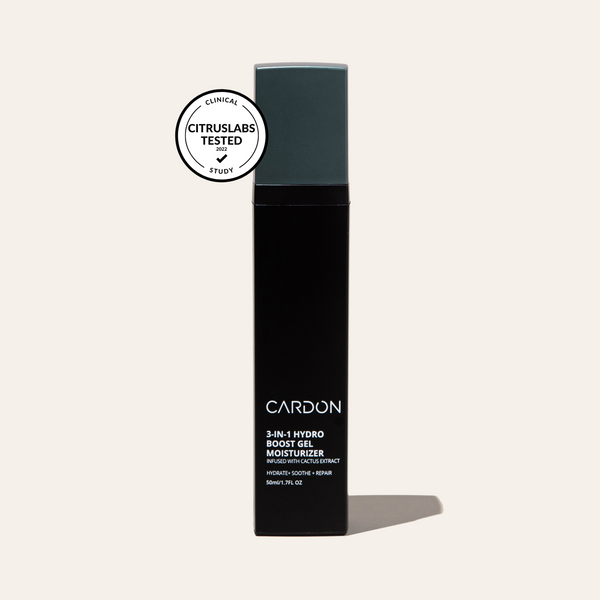

Hydro Boost Gel Moisturizer
good for:
Like a night cap for your skin, our Hydro Boost Gel Moisturizer is the ideal way to finish your evening.
This 3-in-1 gel moisturizer uses Cactus Extract and Rosehip Oil to put in the work while you snooze—hydrating, soothing, and repairing your skin all night long.
“This easily became part of my nightly routine. I've started to notice my face looking healthier and smoother. As a 32 y/o, you start to notice wrinkles creeping in, this helps me keep them at bay.” - Andrew S.
Hydro Boost Gel Moisturizer
good for:
Like a night cap for your skin, our Hydro Boost Gel Moisturizer is the ideal way to finish your evening.
This 3-in-1 gel moisturizer uses Cactus Extract and Rosehip Oil to put in the work while you snooze—hydrating, soothing, and repairing your skin all night long.
“This easily became part of my nightly routine. I've started to notice my face looking healthier and smoother. As a 32 y/o, you start to notice wrinkles creeping in, this helps me keep them at bay.” - Andrew S.
.png?v=1671640176423&options=w_600)
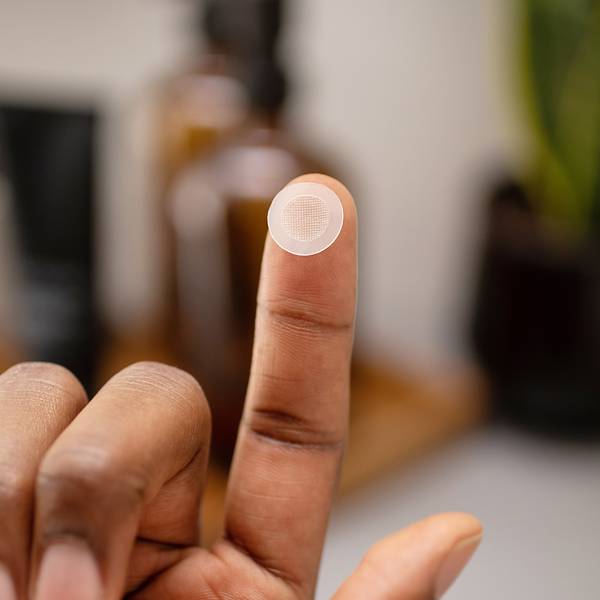
Prickly Pimple Patch
good for:
2021 Esquire Grooming Award Winner
Zit happens, so we made the Prickly Pimple Patch, your one-step solution for pesky breakouts. Soft dissolving microneedles go where no pimple cream has gone before—delivering acne-fighting ingredients like Salicylic Acid and Cica directly to the site of the inflammation and target acne dark spots. Works on ingrown hairs too!
“I applied the patch to a few raised bumps that appear to be clogged pores. Overnight one was significantly reduced while the other seems to have disappeared. Easy process and highly effective.” - Todd S.
Prickly Pimple Patch
good for:
2021 Esquire Grooming Award Winner
Zit happens, so we made the Prickly Pimple Patch, your one-step solution for pesky breakouts. Soft dissolving microneedles go where no pimple cream has gone before—delivering acne-fighting ingredients like Salicylic Acid and Cica directly to the site of the inflammation and target acne dark spots. Works on ingrown hairs too!
“I applied the patch to a few raised bumps that appear to be clogged pores. Overnight one was significantly reduced while the other seems to have disappeared. Easy process and highly effective.” - Todd S.
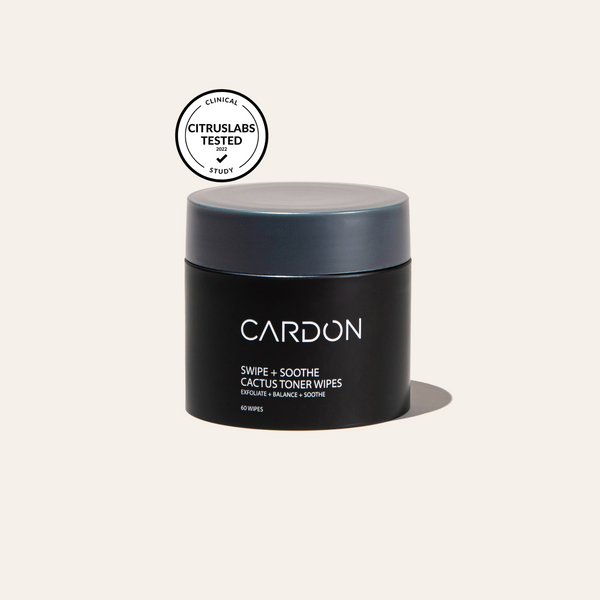
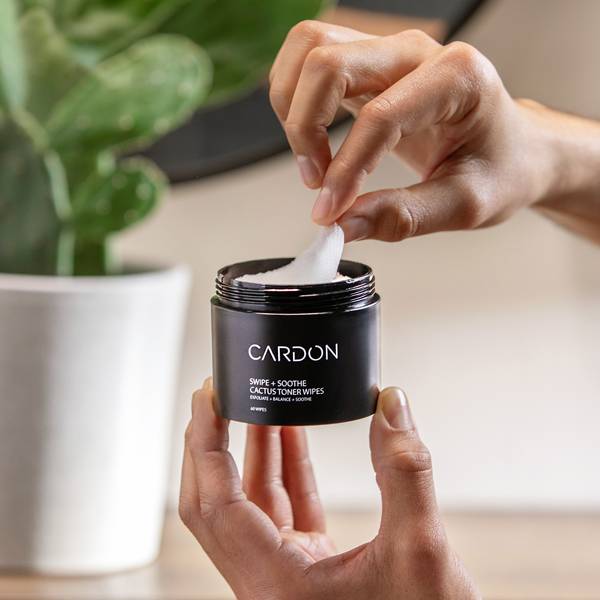
Exfoliating Facial Toner Wipes
good for:
After a long, busy day you just want to sit back, relax, and crack open—our biodegradable Exfoliating Facial Toner Wipes.
Wipe the stress and grime away with our Exfoliating Facial Toner Wipes, which use PHAs and caffeine to unclog pores, balance pH, and soothe the skin all in one easy step. No water needed.
Due to demand, this product is temporarily out of stock. Click "Notify Me" below to be the first to know when it's back!
Exfoliating Facial Toner Wipes
good for:
After a long, busy day you just want to sit back, relax, and crack open—our biodegradable Exfoliating Facial Toner Wipes.
Wipe the stress and grime away with our Exfoliating Facial Toner Wipes, which use PHAs and caffeine to unclog pores, balance pH, and soothe the skin all in one easy step. No water needed.
Due to demand, this product is temporarily out of stock. Click "Notify Me" below to be the first to know when it's back!


Daily SPF + Moisturizer
good for:
We’re playing favorites—this is the #1 most important step in your skincare routine. Stave off sun damage for healthy, youthful skin for years to come with our Daily SPF + Moisturizer, acclaimed best lightweight moisturizer with SPF by GQ!
Its fast-absorbing, lightweight formula uses Cactus and Chia Seed Extract to provide all-day hydration, plus Broad Spectrum SPF 30 to protect against UVA and UVB rays with ZERO residue or white cast.
“After trying several different brands, I finally found a product I like. It's lightweight, not sticky, and has a very subtle, fresh scent. Will definitely order again. I highly recommend this product.” - Sara T.
Daily SPF + Moisturizer
good for:
We’re playing favorites—this is the #1 most important step in your skincare routine. Stave off sun damage for healthy, youthful skin for years to come with our Daily SPF + Moisturizer, acclaimed best lightweight moisturizer with SPF by GQ!
Its fast-absorbing, lightweight formula uses Cactus and Chia Seed Extract to provide all-day hydration, plus Broad Spectrum SPF 30 to protect against UVA and UVB rays with ZERO residue or white cast.
“After trying several different brands, I finally found a product I like. It's lightweight, not sticky, and has a very subtle, fresh scent. Will definitely order again. I highly recommend this product.” - Sara T.
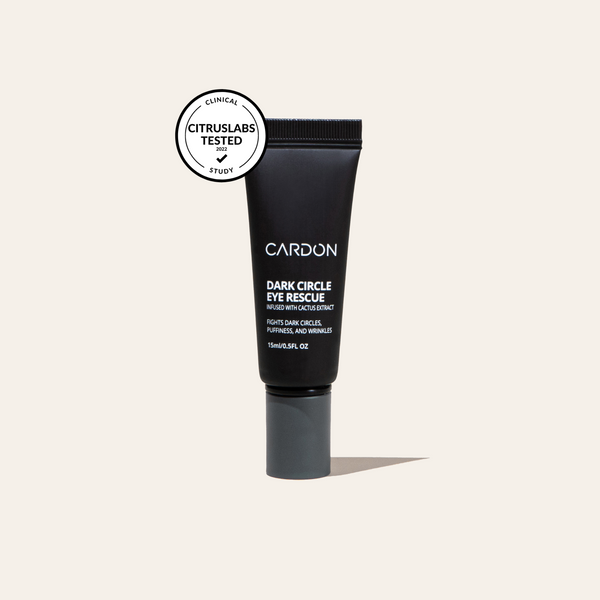
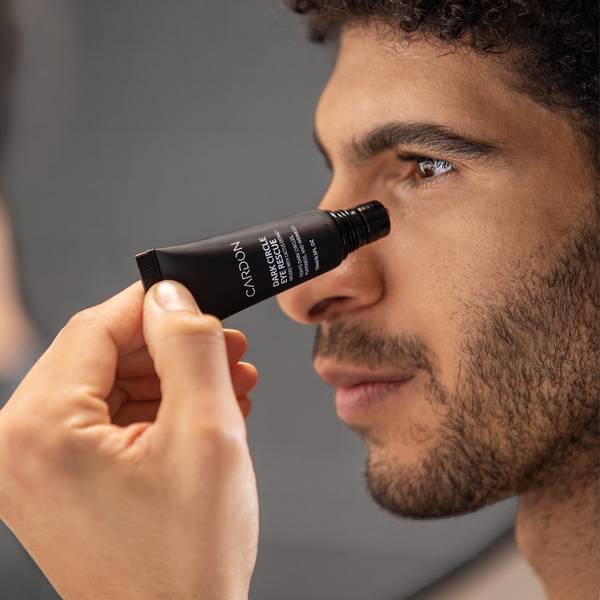
seller
Dark Circle Eye Rescue
good for:
The Dark Circle Eye Rescue cream hydrates and brightens the skin around the eyes to reduce the appearance of dark circles and wrinkles.
The stainless steel rollerball makes it easy to apply, while also working to de-puff eyes. Acclaimed best eye cream for dark circles by Gear Patrol!
Dark Circle Eye Rescue
good for:
The Dark Circle Eye Rescue cream hydrates and brightens the skin around the eyes to reduce the appearance of dark circles and wrinkles.
The stainless steel rollerball makes it easy to apply, while also working to de-puff eyes. Acclaimed best eye cream for dark circles by Gear Patrol!
Cardon Products Are
Easy to Use
We never create two products when we can achieve the same results with one. Cardon products are designed to be easy to use every day.
Backed By Korean Innovation
Korean R&D is two decades ahead of the rest of the world. Cardon products use the highest quality, most effective ingredients out there.
Non-Toxic
Finally, an ingredient label you can feel good about. Every ingredient in Cardon products is good for your skin, and easy on the mind.

.png?v=1701688884267&options=w_900)


